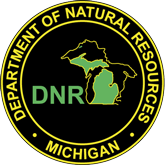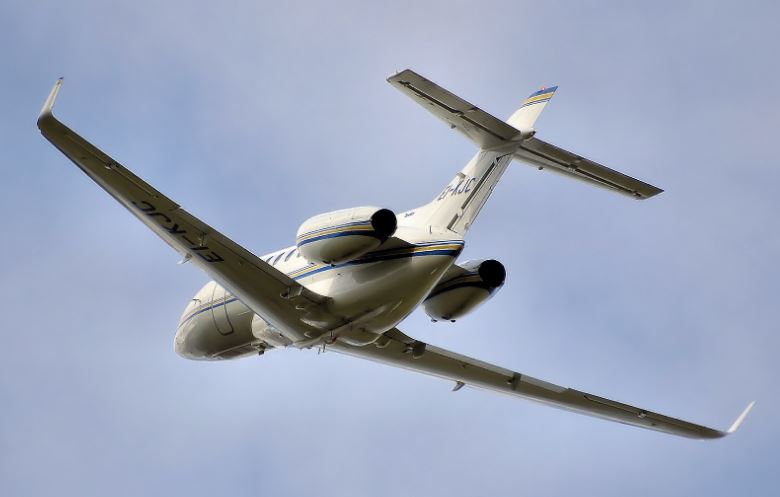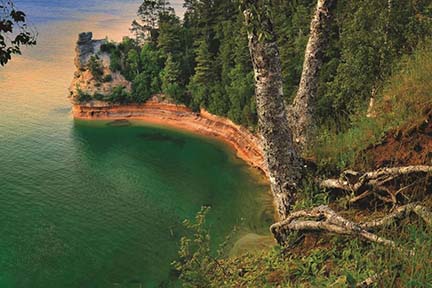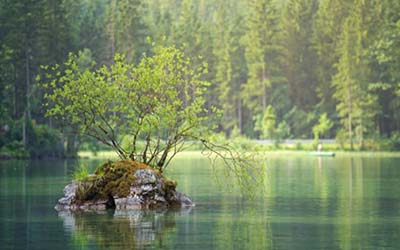FOR IMMEDIATE RELEASE
July 26, 2024
EGLE Media Office, EGLE-Assist@Michigan.gov, 517-284-9278
EGLE announces $9.7 million in MI Clean Water grants to help Michigan communities upgrade water infrastructure, protect health, environment
Combined sewer separation in Dearborn, protection from PFAS near Cadillac, and work toward lead service line removals in 13 communities are among $9.7 million in state grants recently awarded to Michigan cities, villages, and townships to protect public health and Michigan’s water resources.
The MI Clean Water Plan grants through the Drinking Water State Revolving Fund (DWSRF), Clean Water State Revolving Fund (CWSRF), and support from the federal American Rescue Plan Act (ARPA) aim to help communities upgrade aging infrastructure, ensure healthy drinking water, and protect Michigan’s environment.
Seventy percent of Michiganders are served by more than 1,000 community wastewater systems and a similar percentage get drinking water from community water systems. Those systems often struggle to find resources to address legacy issues like aging drinking water and storm water facilities and emerging challenges like new standards for per- and polyfluoroalkyl substances (PFAS) “forever chemicals.”
Governor Gretchen Whitmer, the Michigan Legislature, and federal agencies have ramped up funding for aging water infrastructure – a critical move to help ensure those water systems continue to protect public health and the environment, including Michigan’s unmatched freshwater resources.
More than half of EGLE’s budget has traditionally passed through to Michigan cities, towns, villages, and other local government agencies to finance critical improvements that help them better protect residents and our natural resources.
“Working with Michigan’s villages, towns, and cities to improve critical water systems is incredibly gratifying,” said Phil Roos, EGLE director. “We’re helping fill a critical need that will help protect people and ease the financial strain on communities.”
Grant roundup
Grants through the Clean Water State Revolving Fund:
- City of Dearborn Heights for $2,487,500. The project is for separation of combined sewers associated with Combined Sewer Overflow Outfall L-41. This includes construction of approximately 6,125 linear feet of storm sewers ranging from 12 to 36 inches in diameter.
Grants through the Drinking Water State Revolving Fund:
- City of Garden City for $445,495. This project will replace approximately 9,200 linear feet of water main along Marquette Street and install approximately 3,600 linear feet of water main for looping along Radcliff Street and Cherry Hill Road. The project will also replace an estimated 20 lead service lines (LSL) on Marquette Street, in addition to an estimated 180 LSLs throughout Garden City, focusing on areas west of Merriman Road and south of Marquette Street.
Technical, Managerial, and Financial grants:
Eight water systems received grants for work in identifying or verifying lead service lines in preparation for replacement. The process to accomplish this effort includes hydrovacing on either side of each curb stop and performing in-building investigation to document service line materials. These projects include restoration to original condition of hydrovaced locations. Hydrovacing involves a piece of equipment using high-pressure water to cut and liquefy the soil, while simultaneously using a high-volume vacuum to remove the soil from the excavation.
Recipients and their respective amounts:
- Carrollton Township: $600,000
- City of Cheboygan: $570,000
- Village of Maple Rapids: $130,300
- City of Pontiac (through Oakland County): $580,700
- Bergland Township: $89,035
- Village of Mayville: $479,349
- City of Ecorse: $600,000
- City of Utica: $512,500
- Detroit Water and Sewerage Department: $600,000
- Village of Paw Paw: $137,500
- Village of St. Charles: $597,327
- City of Ironwood: $598,000
- Village of Chesaning: $507,000
Affordability and Planning grants (assisting communities in planning and affording water infrastructure improvements including lead service line replacements):
- Summit Township: $39,000
- City of Hamtramck: $183,829
- City of Highland Park: $500,000
***(Reminder: Register for EGLE’s Great Lakes Drinking Water Conference, September 25-26 in Novi.)
Descriptions of funding sources
Drinking Water State Revolving Fund: Low-interest loan program to help public water systems finance the costs of replacement and repair of drinking water infrastructure to protect public health and achieve or maintain compliance with federal Safe Drinking Water Act requirements. The DWSRF provides loans to water systems for eligible infrastructure projects. As water systems repay their loans, the repayments and interest flow back into the DWSRF to support new loans. ARPA funding operates as a grant and may be used in combination with loan dollars to reduce the financial burden on communities to pay for capital improvement debt. ARPA funded grants awarded this fiscal year: $218,398,719.
Clean Water State Revolving Fund: Used by local municipalities to finance construction of water pollution control projects. These projects include wastewater treatment plant upgrades and expansions, combined or sanitary sewer overflow abatement, new sewers designed to reduce existing sources of pollution, and other publicly owned wastewater treatment efforts that improve water quality. The CWSRF can also finance storm water infrastructure projects to reduce nonpoint sources of water pollution caused by things like agricultural runoff to lakes, streams, and wetlands. As with the DWSRF, ARPA funds can be used in conjunction with CWSRF loan dollars, thereby reducing the debt communities pay for infrastructure improvements. ARPA-funded grants awarded this fiscal year: $137,982,009.
Drinking Water Asset Management Program: Provides grant funding to assist drinking water suppliers with asset management plan development and updates, and/or distribution system materials inventories as defined in Michigan’s revised Lead and Copper Rule. Awarded this fiscal year: $19,695,817.
Consolidation and Contamination Risk Reduction Program: Established to aid drinking water systems to help remove or reduce PFAS or other contaminants. Awarded this fiscal year: $20,336,215.
Substantial Public Health Risk Project Program: Protects public and environmental health by removing direct and continuous discharges of wastewater from surface water or groundwater. Awarded this fiscal year: $8,000,000.
Emerging Contaminants in Small or Disadvantaged Communities Grant Program: Provides states and territories with grants to public water systems in small or disadvantaged communities to address emerging contaminants, including PFAS.
Technical, Managerial, and Financial Grants: Funds for work related to the physical verification of service lines at properties where lead is suspected but not confirmed or where service line material is unknown but likely contains lead.
Affordability and Planning Grants: These grants are designed to assist communities in planning and affording water infrastructure improvements including lead service line replacements.
Additional Background
- Since January 2019 the State of Michigan has invested over $4 billion to upgrade drinking water, storm water, and wastewater facilities across the state, supporting over 57,000 jobs.
- In 2022, Governor Whitmer signed a package of bills to help communities access funding for water infrastructure.
|



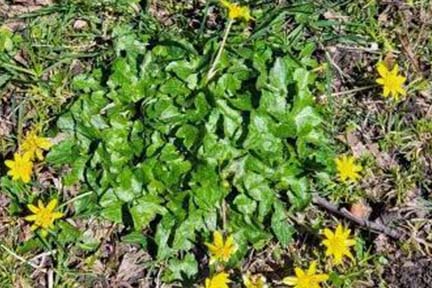

 As a spring ephemeral – a short-lived species that sprouts early in spring, flowers, goes to seed and then completely dies back and disappears well before summer begins – lesser celandine is particularly difficult to control.
As a spring ephemeral – a short-lived species that sprouts early in spring, flowers, goes to seed and then completely dies back and disappears well before summer begins – lesser celandine is particularly difficult to control.
 “With the prioritization afforded by the watch list, we’re hoping reports by partners and the public can help us understand how far the invasion extends so we can make the best decisions about how to steward our resources – both financial and natural,” said Katie Grzesiak, terrestrial invasive species coordinator with the Michigan Department of Natural Resources.
“With the prioritization afforded by the watch list, we’re hoping reports by partners and the public can help us understand how far the invasion extends so we can make the best decisions about how to steward our resources – both financial and natural,” said Katie Grzesiak, terrestrial invasive species coordinator with the Michigan Department of Natural Resources.
 “Each known plant and animal species has a single scientific name, usually in Latin, which is used as its primary identifier. Common names are the nicknames we give to species,” said Grzesiak. “Sometimes they are descriptive of the plant, and other times they might relate to a species’ perceived origin or qualities.”
“Each known plant and animal species has a single scientific name, usually in Latin, which is used as its primary identifier. Common names are the nicknames we give to species,” said Grzesiak. “Sometimes they are descriptive of the plant, and other times they might relate to a species’ perceived origin or qualities.”
